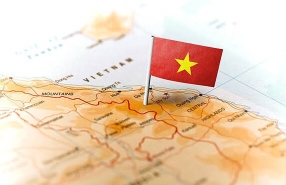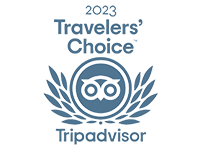Best Vietnam SIM Card (& ESIM) For Tourist

When traveling to Vietnam, staying connected is essential for navigation, communication, and sharing your experiences. There are two options available to travellers: the traditional Vietnam SIM card and the Vietnam eSIM, a digital solution integrated into recent smartphones. Each has specific advantages in terms of cost, convenience, and compatibility. This travel guide, offered by Travel Agency in Vietnam - Autour Asia, will help you choose the best option according to your needs and understand how to acquire and use them effectively during your stay in Vietnam.
All About SIM/eSIM in Vietnam 2025
I. Physical SIM card vs eSIM: Which option to choose?
The physical Vietnam SIM card is a traditional chip inserted into your phone. It is widely available throughout Vietnam, especially from local operators such as Viettel, Vinaphone and Mobifone. These cards typically offer plans that include calls, texts, and mobile data, making them ideal for travelers who need a local number.
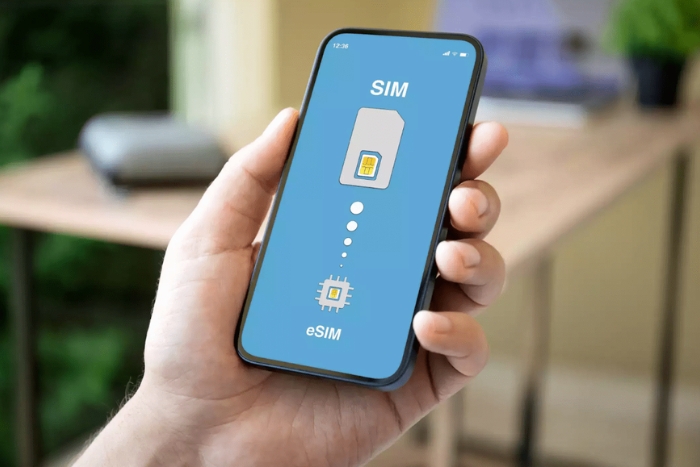
Among these operators, the Viettel Vietnam SIM card stands out for its extensive coverage, particularly in rural areas, ensuring reliable connectivity even in the most remote parts of the country. Vinaphone, by contrast, is known for its fast download speeds, especially in urban centers. Mobifone offers competitive plans, although its rural coverage is sometimes less extensive than that of Viettel. It's worth noting that Viettel may be slightly more expensive than Vinaphone or Mobifone, but the superior coverage—especially outside the cities—often justifies the price difference.
The Vietnam eSIM, on the other hand, is a digital SIM card integrated into certain recent smartphones (such as the iPhone XS and later, Samsung Galaxy S20+, or Google Pixel 3 and newer). It enables users to activate a mobile plan by simply scanning a QR code, eliminating the need for a physical card. eSIMs are particularly convenient for travelers who wish to avoid queues at the airport and activate their plan before even setting foot in Vietnam.
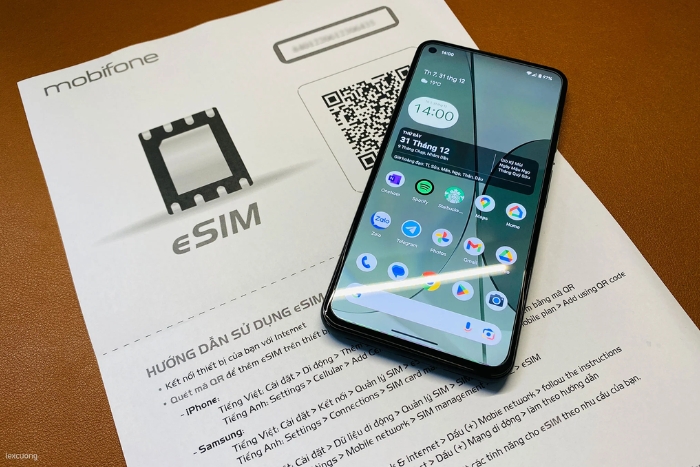
However, it's important to note that most Vietnam eSIMs do not provide a local phone number. An exception is VietnameSIM, which offers eSIMs that include a Vietnamese number for receiving calls and SMS. This can be a valuable advantage if you need a local number for communication purposes. In contrast, the majority of eSIMs offer only mobile data, without support for voice calls or text messages, effectively functioning as a mobile Wi-Fi connection.
II. Where and how to buy a SIM/eSIM card in Vietnam?
1. Buy a physical SIM card at the airport
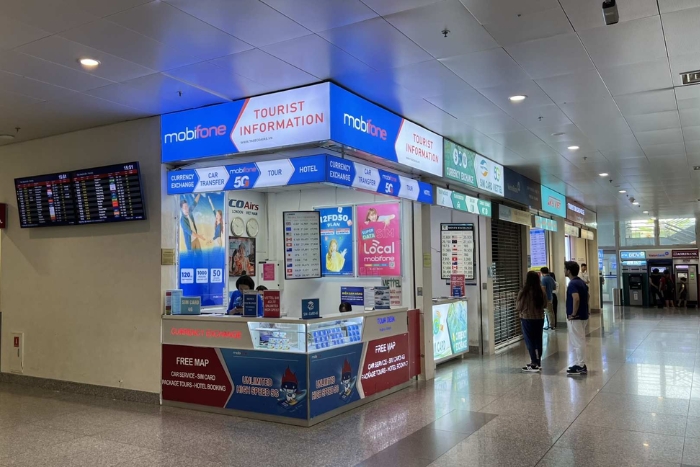
As soon as you arrive in Vietnam, you can purchase a physical Vietnam 4G SIM card at international airports such as Hanoi, Ho Chi Minh City, and Da Nang. The official kiosks of major operators like Viettel, Vinaphone, and Mobifone are usually open 24/7. To complete the purchase, you’ll need to present your passport and fill out a registration form. It’s recommended to request a nano-SIM to ensure compatibility with most modern smartphones. Also, make sure the plan you choose includes 4G to enjoy a fast and stable internet connection. Avoid unofficial vendors to reduce the risk of scams or receiving non-compliant packages.
2. Buy a SIM card in an official store (outside the airport)
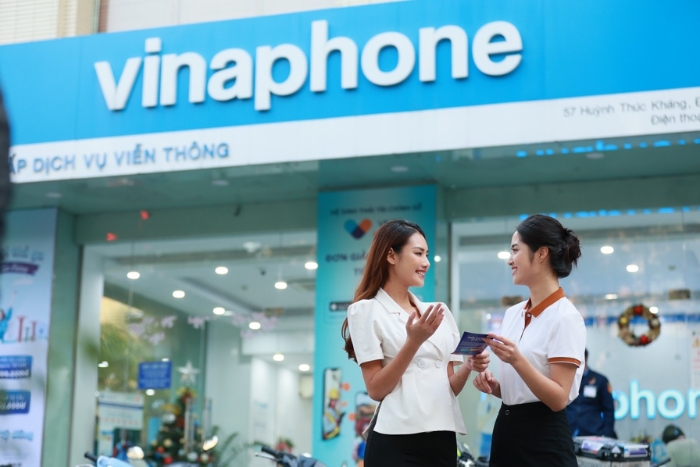
Outside the airports, you can easily buy a Vietnam SIM card at the official stores of operators such as Viettel, Vinaphone, or Mobifone. These stores are widely found across the country and are easily recognizable by their glass storefronts, air conditioning, and prominent logos. It is important to purchase from these official stores rather than general phone shops, as prices are often lower and plans are more transparent.
Buying a SIM card requires a passport for registration, which ensures the line is authentic and complies with local regulations. The price for the SIM card itself is around 50,000 VND ($2), in addition to the cost of the chosen data package. Here are some popular options, all valid for 30 days:
a) Viettel
SD120 : 2 Go/day – 120 000 VND ($5)
SD135 : 5 Go/day – 135 000 VND ($5,5)
MXH plans: unlimited data for Facebook, YouTube, TikTok (ideal for social networks)
b) Vinaphone
VD120M: 1 Go/day + free calls on the network, 30 min off the network + unlimited data for Facebook, TikTok, YouTube – 120,000 VND
YOLO100M: 1 Go/day + unlimited social media – 100,000 VND
YOLO125V: 7 Go/day – 125,000 VND
c) Mobifone
MXH100: 1 Go/day + unlimited data for FB, TikTok, YouTube – 100,000 VND
TK135: 7 Go/day – 135,000 VND
TK150: 6 Go/day + unlimited FB/YouTube, free calls on the network + 100 minutes off the network – 150,000 VND
Finally, remember to install your operator’s mobile app (for example, My Viettel) as soon as your SIM card is activated. This will allow you to easily monitor your usage, top up your credit, and extend your plan. It is highly recommended to purchase your Vietnam SIM card at an official store outside the airport to avoid the risks of scams, inflated prices, and long queues often found at airport kiosks.
3. Buy a Vietnam eSIM online before your trip
Best eSIM for Vietnam? For a smoother experience, you can choose to purchase a Vietnam eSIM—such as the Viettel Vietnam eSIM or Vinaphone Vietnam eSIM—online before your departure. Platforms like Airalo and Holafly offer various packages tailored to travelers’ needs. For example, Airalo provides plans starting at €4.50 for 1 GB valid for 7 days, while Holafly offers unlimited data plans starting at €6.90 for one day.
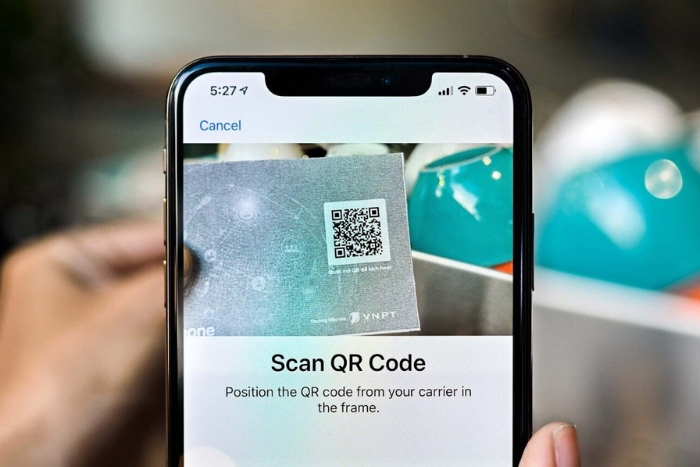
The purchase process is simple: select the package that suits your needs, pay online, and receive a QR code by email. You then just scan this code to activate your Vietnam eSIM. Before buying, it is advisable to check the network coverage of the operator, as Viettel is known for offering the best 4G coverage in Vietnam.
III. How to use the SIM/eSIM card in Vietnam ?
1. Activating a physical SIM card
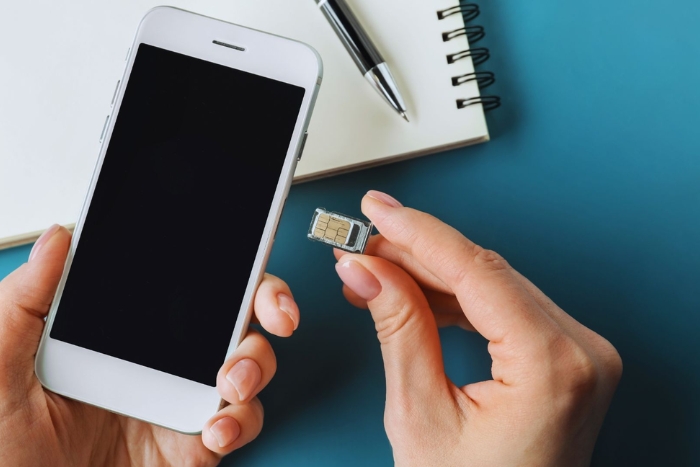
Once the Vietnam SIM card is inserted into your smartphone, you may need to manually configure the APN settings to ensure an optimal connection. For example, for the Viettel operator, the parameters are as follows:
Name: Viettel
APN: v-internet
Username: (leave blank)
Password: (leave blank)
After setup, restart your phone to complete the activation. If the connection is slow, try replacing "v-internet" with "vtel4g". Note that there may be additional charges for purchasing a physical Vietnam SIM card, especially at international airports, where plans range from €10 to €16 for 5 to 15 GB of data.
2. Setting up a Vietnam eSIM
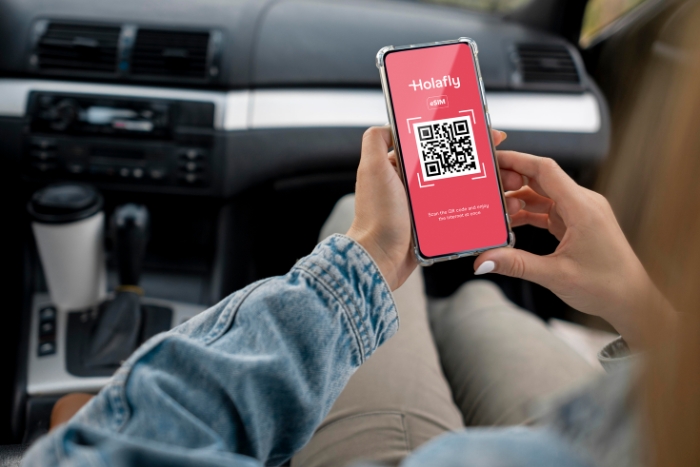
To activate your Vietnam eSIM, go to your smartphone's settings, then select "Cellular Data" or "Mobile Network" depending on your device. Choose the "Add a mobile plan" option and scan the QR code received by email after purchasing your eSIM. Follow the on-screen instructions to complete the installation. It is recommended that you enable data roaming if necessary to ensure a stable connection. Before buying, check if your eSIM plan allows hotspot sharing, as some plans, especially low-cost offers, may block this feature. If you have any connection problems, keep the carrier's technical support number handy (e.g., for Viettel: 18008098).
3. Save data and avoid additional costs
To optimize your data usage and avoid unexpected charges, consider downloading Google Maps maps in advance for offline use. Also turn on the data saving mode on your smartphone, available in the settings, to limit background use of apps. Finally, turn off automatic app updates or set them to be Wi-Fi-only updates.

The choice between a physical Vietnam SIM card and an Vietnam eSIM depends on your specific needs, the length of your stay, and the compatibility of your device. The physical SIM card is ideal for those looking for budget-friendly plans with calls and texts, while the eSIM offers a quick and convenient solution for travelers in a hurry or those who want to avoid the hassle of arriving on arrival. Be sure to check your device's compatibility and choose the option that best suits your travel style. For a complete and authentic travel experience, consider using a travel agency in Vietnam such as Autour Asia, which offers personalized tours and quality local support.
>>> Top Things To Do In Hanoi At Night ?
>>> Vietnam Travel Guide
>>> Hanoi Golf Tour Package itinerary
>>> Vietnam Golf Tours
If you take a Hanoi City Tour 1 Day, you’ll notice Hanoi nightlife is more relaxed and culturally rich, with local beer streets, night markets, and traditional shows. In contrast, Ho Chi Minh nightlife is livelier and more modern, featuring rooftop bars and vibrant clubs. Both offer unique experiences, so choosing between them depends on whether you prefer a laid-back evening or a high-energy party atmosphere.
If you need continuous mobile internet access, opt for a local plan via a Vietnam SIM card. It's easy to get a prepaid card that will keep you connected. The main operators offering this service in Vietnam are Viettel and Vinaphone, which are known for their extensive coverage and the quality of their network.
You can purchase your Vietnam eSIM data plan with Ubigi just before your departure or as soon as you arrive at the venue, depending on your preference. Thanks to the SmartStart function, the validity of your pass starts automatically as soon as you enter a covered area, ensuring immediate and convenient connectivity.
Related travel guide
Other similar articles
CUSTOMIZABLE BY LOCAL EXPERTS
Personalized trip at the original price!
REFUND GUARANTEE
We believe in our work and promise to give you money back.
GOOD PRICE / QUALITY
95% satisfied more than expected!
24/7 LOCAL SUPPORT
We are always available online to provide assistance at any time.
Most read articles
Autour Asia is highly recommended on
Embracing the mission of "Satisfied more than expected" and providing authentic experiences, we have received numerous recommendations on reputable travel forums:















